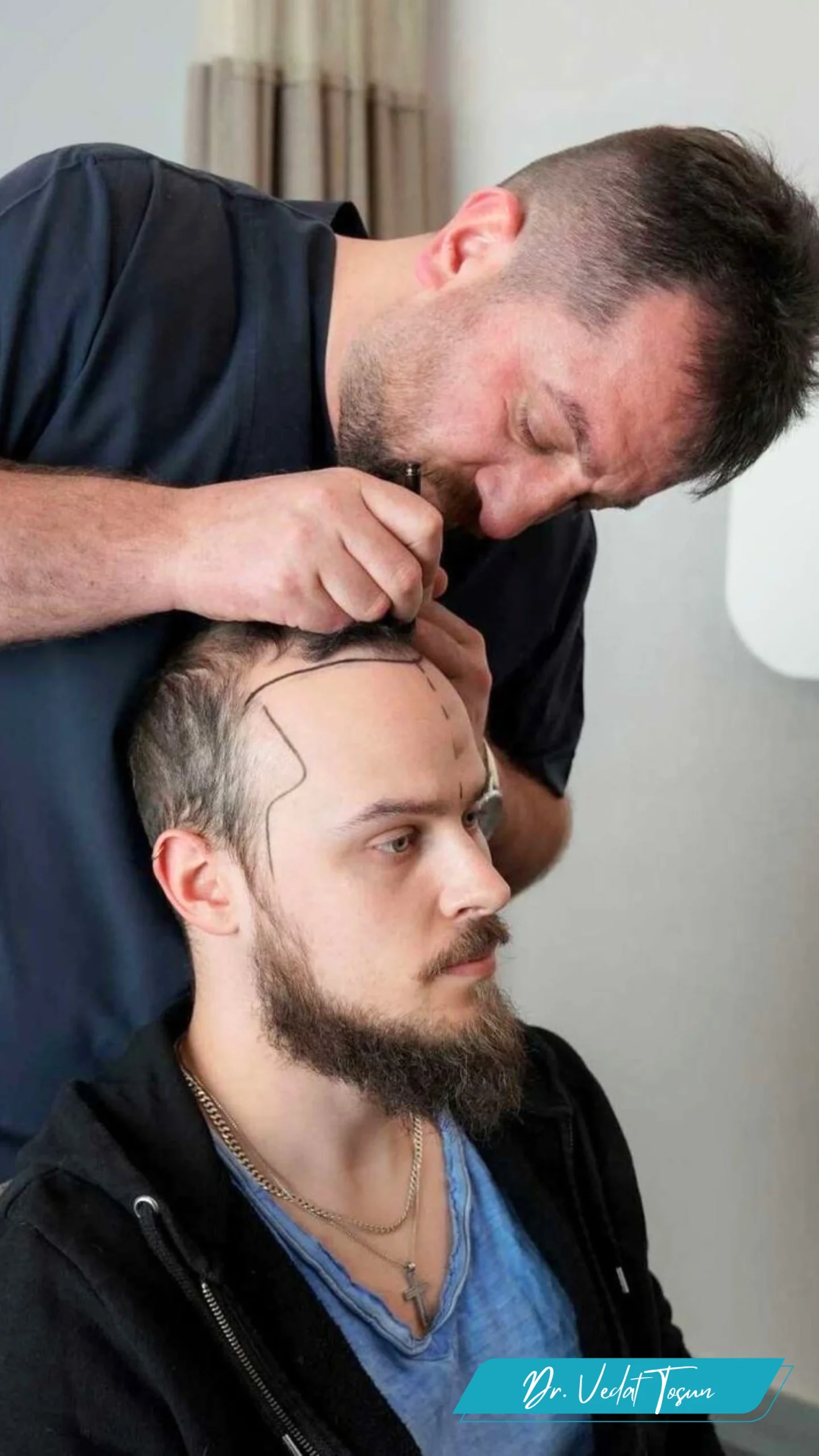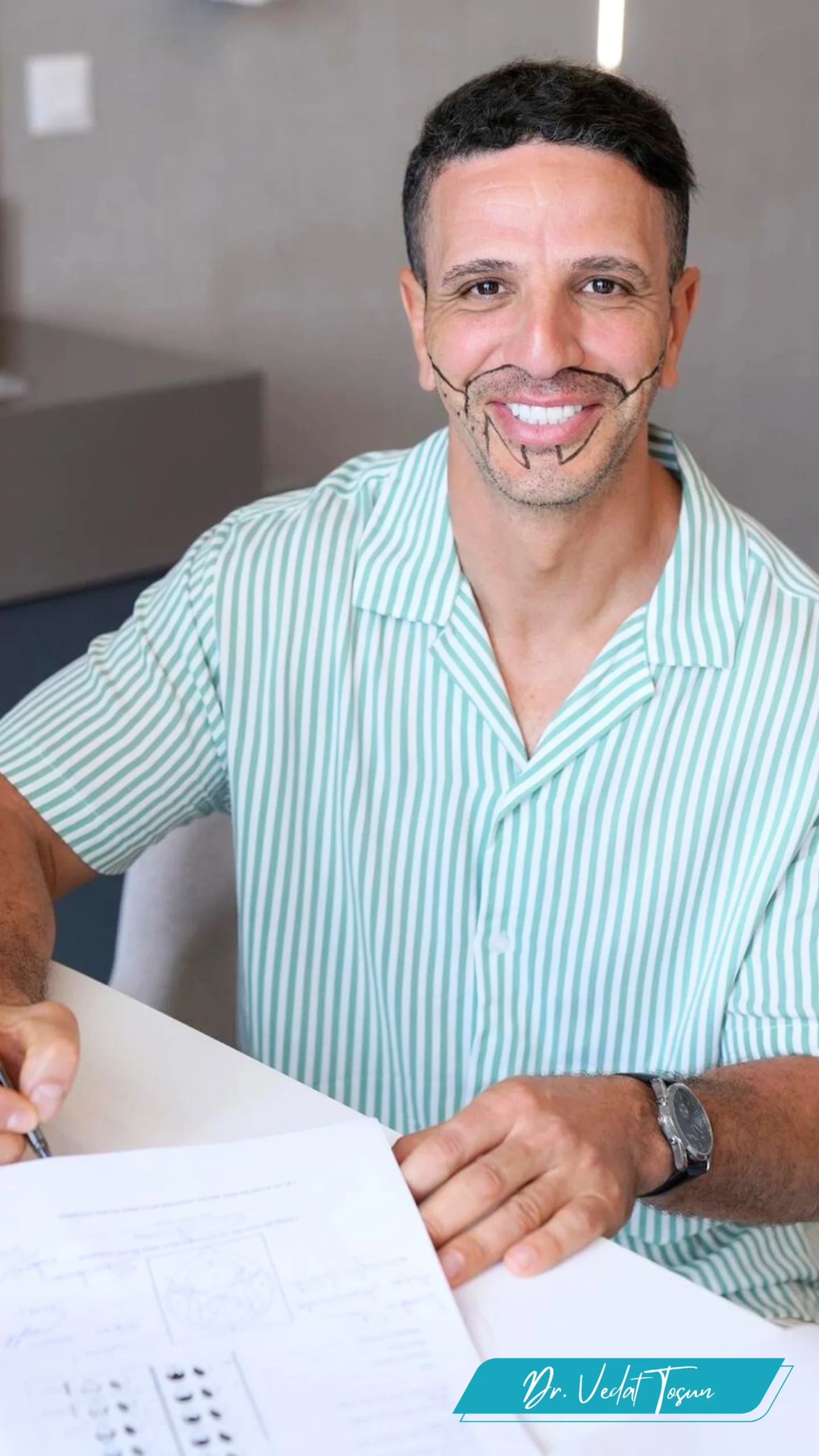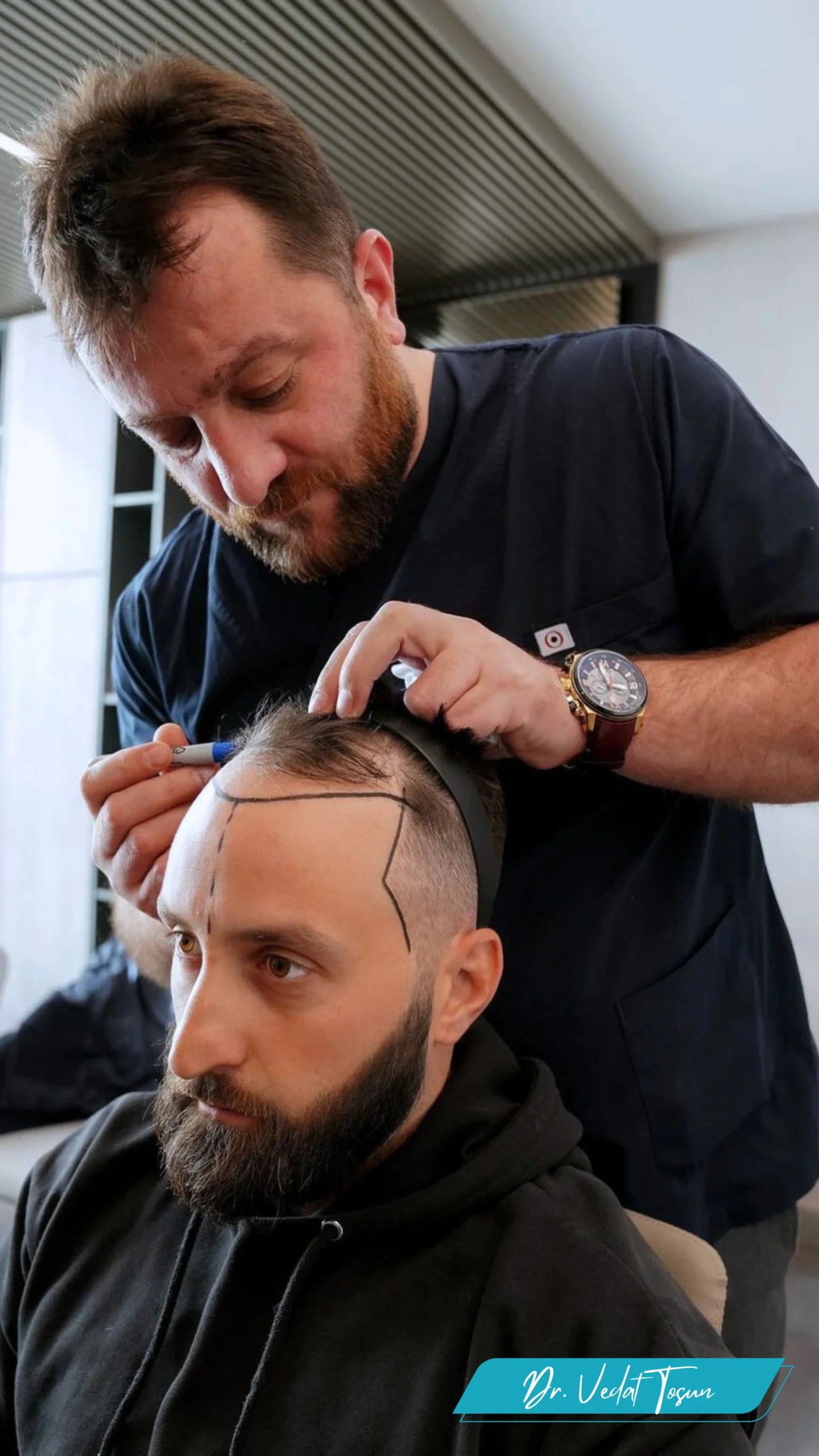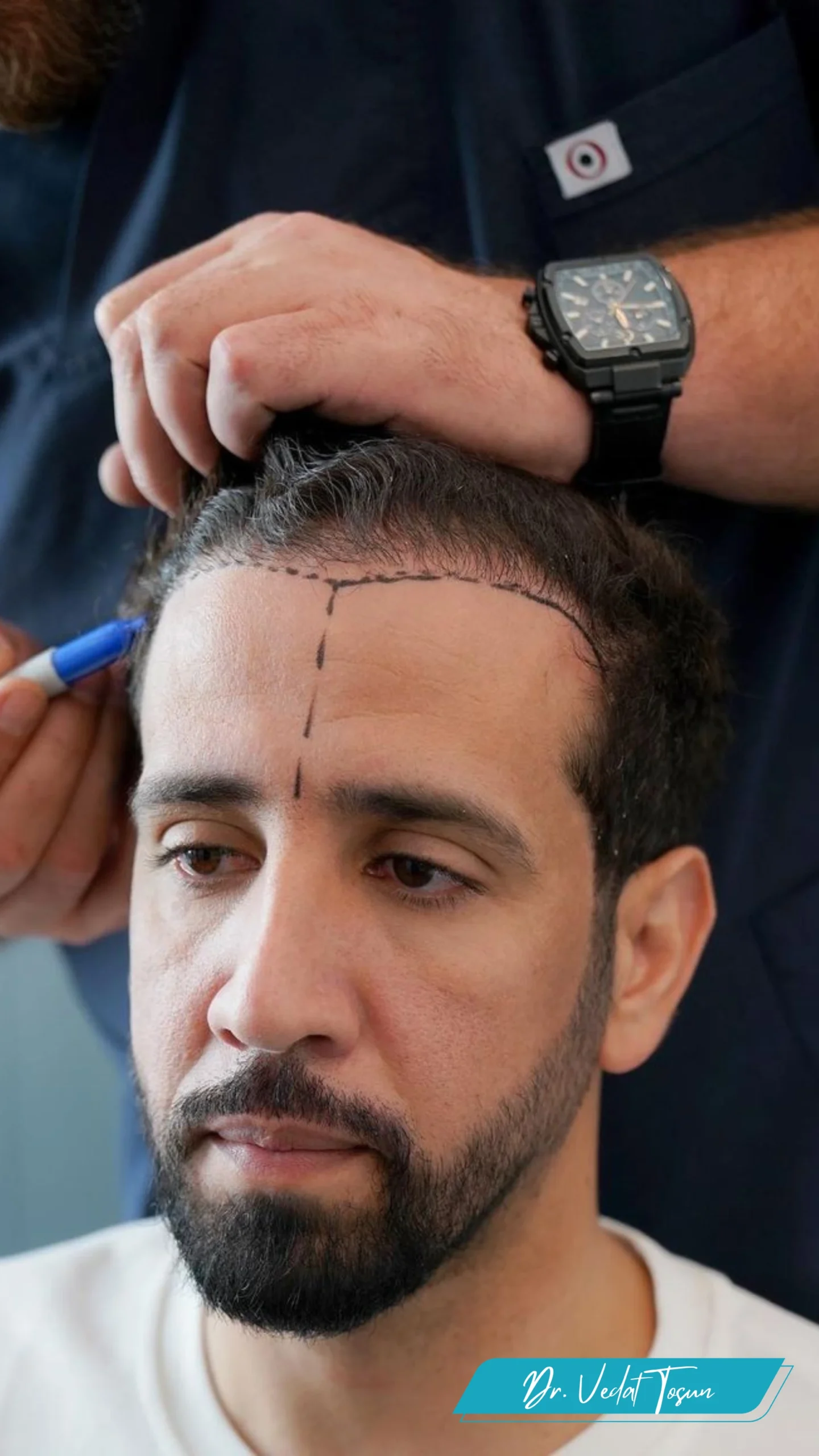PROCEDURES AND METHODS
MOST ADVANCED TECHNIQUES
At our clinics, we are committed to utilizing only the most advanced techniques in hair transplantation, including the DHI (Direct Hair Implantation) and Sapphire techniques. These cutting-edge methods ensure precise and natural-looking results for our patients
HAIR TRANSPLANTATION
Advanced DHI Technique
DHI minimizes the handling of grafts outside the body, which enhances their viability and promotes faster healing. Moreover, this technique eliminates the need for recipient site creation beforehand, as implantation occurs simultaneously with extraction. By harnessing the power of DHI, we ensure our patients receive optimal results with minimal discomfort and downtime, reaffirming our commitment to delivering state-of-the-art solutions in hair restoration.


HAIR TRANSPLANTATION
Advanced Sapphire Fue Technique
The Sapphire FUE (Follicular Unit Extraction) technique represents a significant advancement in hair transplantation, offering several distinct benefits. This innovative approach utilizes blades made from sapphire crystals, which are exceptionally sharp and precise. These blades create recipient sites with minimal trauma to the scalp, leading to faster healing and reduced recovery time for patients. The use of sapphire blades also results in smaller incisions, allowing for a higher density of hair grafts to be transplanted per square centimeter. This enhances the natural appearance of the hairline and improves overall hair density.
OUR SPECIALITIES

Hair Transplantation
Scalp hair transplantation is suitable for men and women experiencing various forms of hair loss, including male pattern baldness.

Beard Transplantation
We specialize in beard hair transplantation, a procedure designed to enhance facial aesthetics by restoring or augmenting beard growth.

Eyebrow Transplantation
Eyebrow hair transplantation is suitable for various aesthetic concerns, including thinning eyebrows due to over-plucking, scars, medical conditions, or naturally sparse eyebrows.




WE ARE HERE TO HELP YOU
Frequently asked questions
Find the answers you are looking for by browsing through a number of questions we get asked a lot.
Good candidates for hair transplantation typically have sufficient donor hair on the back and sides of their scalp, stable hair loss patterns, and realistic expectations about the results.
Yes, the transplanted hair follicles are typically resistant to hair loss caused by male pattern baldness, making the results of hair transplantation permanent.
Newly transplanted hair typically sheds within the first few weeks after the procedure, but new growth should start within a few months. It can take 6 to 12 months to see full results as the transplanted hair grows in.
The duration of a hair transplant procedure varies depending on the technique used and the number of grafts transplanted. Generally, it can take anywhere from 4 to 8 hours.
Patients can expect some redness, swelling, and scabbing in the recipient area immediately after the procedure. Most people can resume normal activities within a few days to a week, with full recovery typically within a few weeks.